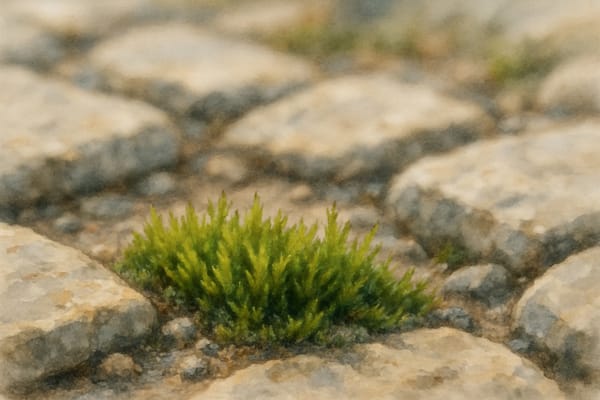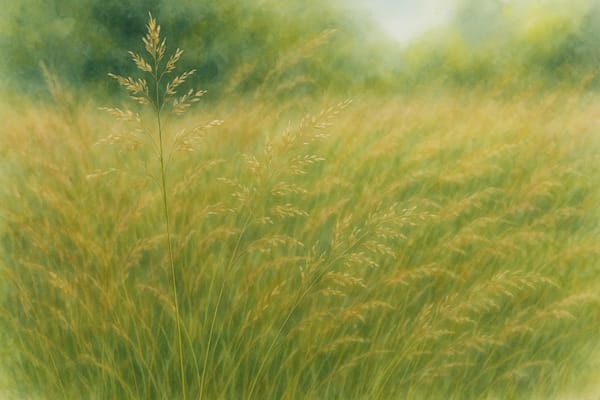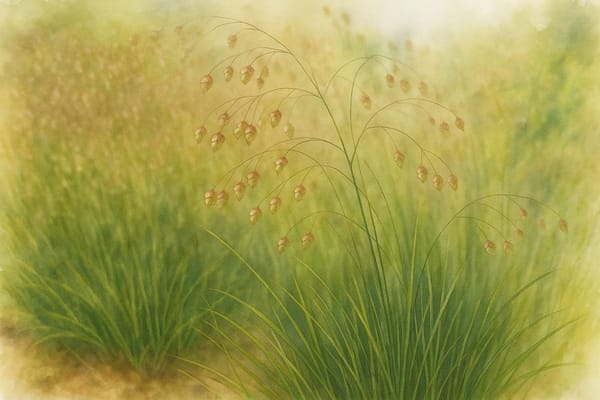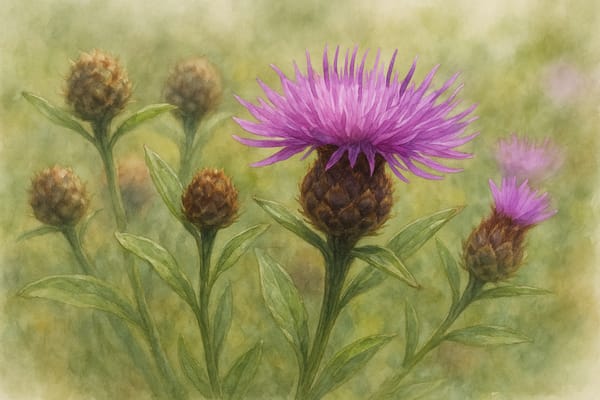A Living Relic of Cornwall's Mining Past
Historical and Cultural Significance
Cornish Path-Moss (Ditrichum cornubicum) is one of the world’s rarest mosses and a botanical emblem of Cornwall’s mining legacy. Discovered in 1963 and formally described in 1976, it exists almost exclusively on the spoil heaps of two historic copper mines: Phoenix United Mine and Crow’s Nest on the edge of Bodmin Moor.
- Mining Connection: This moss is entirely dependent on the copper-rich, metalliferous soils left behind by centuries of mining activity. Its ability to thrive in toxic, heavy-metal-laden soils makes it both remarkable and ecologically unique.
- Living Monument: Without the environmental disturbance caused by mining, Cornish Path-Moss would not have found suitable habitat. It stands today as a living monument to Cornwall’s industrial past.
- Cultural Importance: As an endemic species shaped by human activity, Cornish Path-Moss highlights the intersection of natural resilience and industrial heritage. It has become a flagship for post-industrial conservation and a powerful educational symbol.
- Conservation Priority: With only two active sites and one lost Irish location, it is critically endangered. Conservation efforts aim to manage vegetation succession and maintain the bare, metal-rich conditions the moss requires.
Growing and Caring for Cornish Path-Moss in Post-Industrial or Coastal Gardens
While not suitable for typical ornamental gardening, Cornish Path-Moss plays a key role in habitat restoration and conservation-focused planting. Its extreme specificity makes it a candidate for educational or ecological gardens that replicate metalliferous conditions.
Ideal Growing Conditions
| Factor | Recommendation |
|---|
| Light | Full sun preferred; tolerates partial shade |
| Soil | Copper-rich, low-fertility soils; ideally acidic and poorly vegetated |
| Substrate | Spoil heaps, bare rocky ground, or thin turf with little competition |
| Moisture | Well-drained but not overly dry; prefers exposed, open conditions |
| Disturbance | Requires periodic disturbance to maintain open ground |
Care and Conservation Tips
- Site Selection: Only attempt cultivation in specialized settings with appropriate permissions. Natural populations should never be disturbed.
- Recreating Habitat: Use copper-contaminated or nutrient-poor substrate to simulate metalliferous soils. Avoid fertilisers and plant competitors.
- Succession Management: Prevent the encroachment of grasses and shrubs through light scraping or controlled grazing.
- Moisture Control: Ensure the site is free-draining. Do not irrigate excessively.
- Monitoring: Regularly monitor for competing vegetation and maintain habitat openness.
Ecological and Symbolic Value
- Pioneer Species: Cornish Path-Moss colonises barren, toxic ground and supports early stages of ecological succession.
- Microhabitat Creator: Provides habitat for microinvertebrates and contributes to biodiversity in post-industrial ecosystems.
- Bioindicator: Its presence signifies rare metallophyte communities and can guide soil health and conservation strategies.
- Cultural Identity: Represents Cornwall’s resilience, innovation, and the complex legacy of industry and ecology.
Quick Reference Summary: Cornish Path-Moss at a Glance
| Aspect | Details |
| Cultural Significance | Living emblem of Cornwall’s mining heritage |
| Soil | Copper-rich, metal-laden, low-fertility soils |
| Sunlight | Full sun to partial shade |
| Exposure | Open, disturbed habitats on mine spoil |
| Conservation Status | Critically endangered; global rarity |
| Ecological Role | Pioneer species, bioindicator, habitat restorer |
| Garden Use | Post-industrial or educational ecological gardens only |
Final Note
Cornish Path-Moss is not just a rare plant, but a living chapter of Cornwall’s environmental and industrial story. Its presence on former mine sites tells a tale of resilience, adaptation, and the enduring interplay between human history and ecological identity. By protecting this moss, we honour not only the biodiversity it represents but also the landscapes and legacies that shaped it.











